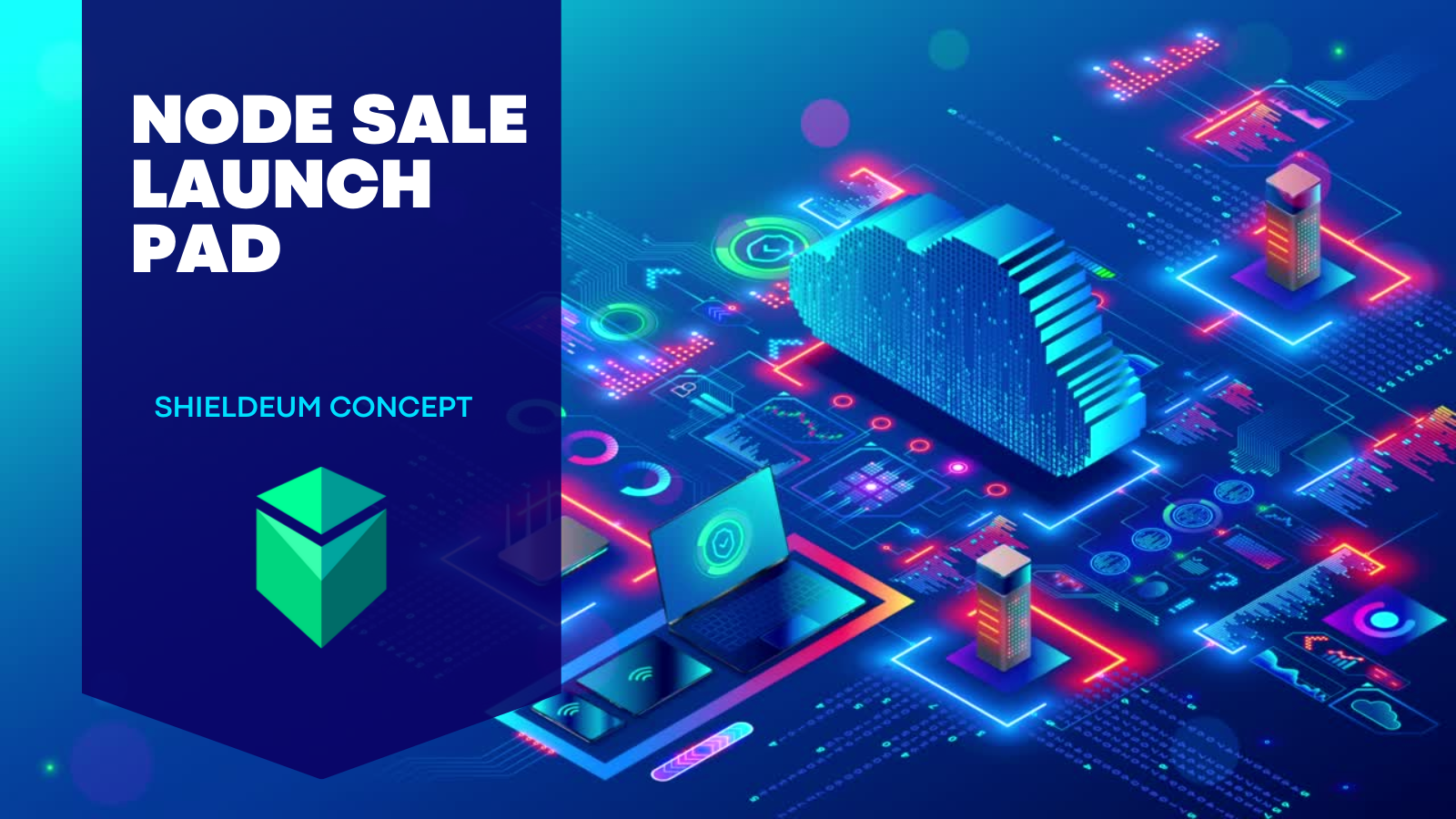What is Depin
In the dynamic world of cryptocurrency and blockchain technology, the emergence of Decentralized Physical Infrastructure Networks in short DePIN represents a significant shift in how we manage digital infrastructure. These networks, exemplified by Shieldeum, fuse physical infrastructure with blockchain technology to revolutionize our interaction with tangible assets.
Understanding DePIN
DePIN serves as a vital bridge between physical infrastructure and blockchain, introducing decentralized systems that empower communities globally. By integrating blockchain's transparency and immutability with real-world applications, DePINs surpass traditional centralized models and offer innovative solutions to infrastructure challenges.
Think of DePINs as digital frameworks that use blockchain to manage and improve real-world infrastructure. They decentralize control and enhance transparency, aiming to redefine how we manage and interact with physical infrastructure.
How DePIN Works
At its core, DePIN operates on the principles of decentralization and collaboration. Blockchain serves as the backbone, providing a secure and transparent ledger for recording transactions and data exchanges within the network. Meanwhile, IoT devices facilitate real-time data collection and exchange, enabling autonomous interactions within physical infrastructures. Through smart contracts and decentralized governance, DePINs empower users to participate directly in network operations, promoting efficiency and transparency across diverse industries.
A Peer-to-Peer Network for Infrastructure
DePINs embody peer-to-peer (P2P) networks wherein individuals contribute physical infrastructure resources such as data storage, internet bandwidth and even their home computer's GPU and CPU computational power. However, the versatility of DePINs extends beyond individual home computers; it can also function akin to bitcoin mining pools. In these pools, participants pool their financial resources together, owning together a node and using a professional datacenter to run the node. This collaborative approach democratizes access to infrastructure, incentivizes active engagement, and fosters a dynamic ecosystem of collaboration and innovation.
Shieldeum: An example of Innovation in DePIN:
Shieldeum exemplifies the transformative potential of DePINs, particularly in the realm of cybersecurity. Amidst escalating cyber threats and cryptocurrency theft, Shieldeum offers decentralized internet security solutions tailored for Web3 projects and crypto holders. By leveraging its DePIN CPU and Bandwidth, Shieldeum is able to provide cost-effective, user-friendly security services that secure the internet connection helping safeguard digital assets from malware, viruses, and hacking attempts. The revenue generated through these services are given as yield for Node owners in the DePIN ecosystem, showcasing the self-sustaining nature of DePINs.
Why DePIN Matters
Security and Efficiency: DePINs enhance the security and efficiency of physical infrastructure by eliminating single points of failure and reducing the risk of tampering or manipulation. Blockchain technology ensures transactions are secured by cryptography, while the distributed database protects against attacks or unauthorized access.
Transparency and Traceability: DePINs provide greater transparency and traceability in industries like supply chain management. By recording every step of the production and distribution process on a blockchain, companies ensure the authenticity and integrity of their products, mitigating fraud and counterfeiting.
Democratization of Resources: DePINs democratize access to essential resources like energy and transportation, enabling direct participation in resource production, distribution, and utilization. Decentralized energy grids, for example, foster peer-to-peer energy trading, creating a more equitable and sustainable energy ecosystem.
Economic Empowerment: By decentralizing control over physical infrastructure, DePINs empower individuals and communities economically. Peer-to-peer transactions and token rewards incentivize participation, creating opportunities for entrepreneurship and innovation, particularly in underserved communities.
Conclusion:
DePINs represent a paradigm shift in infrastructure management, offering a decentralized approach to addressing modern-day challenges. Through projects like Shieldeum, the potential of DePINs to revolutionize infrastructure management is evident. As the crypto landscape evolves, DePINs stand poised to shape a more secure, efficient, and equitable future for all.


